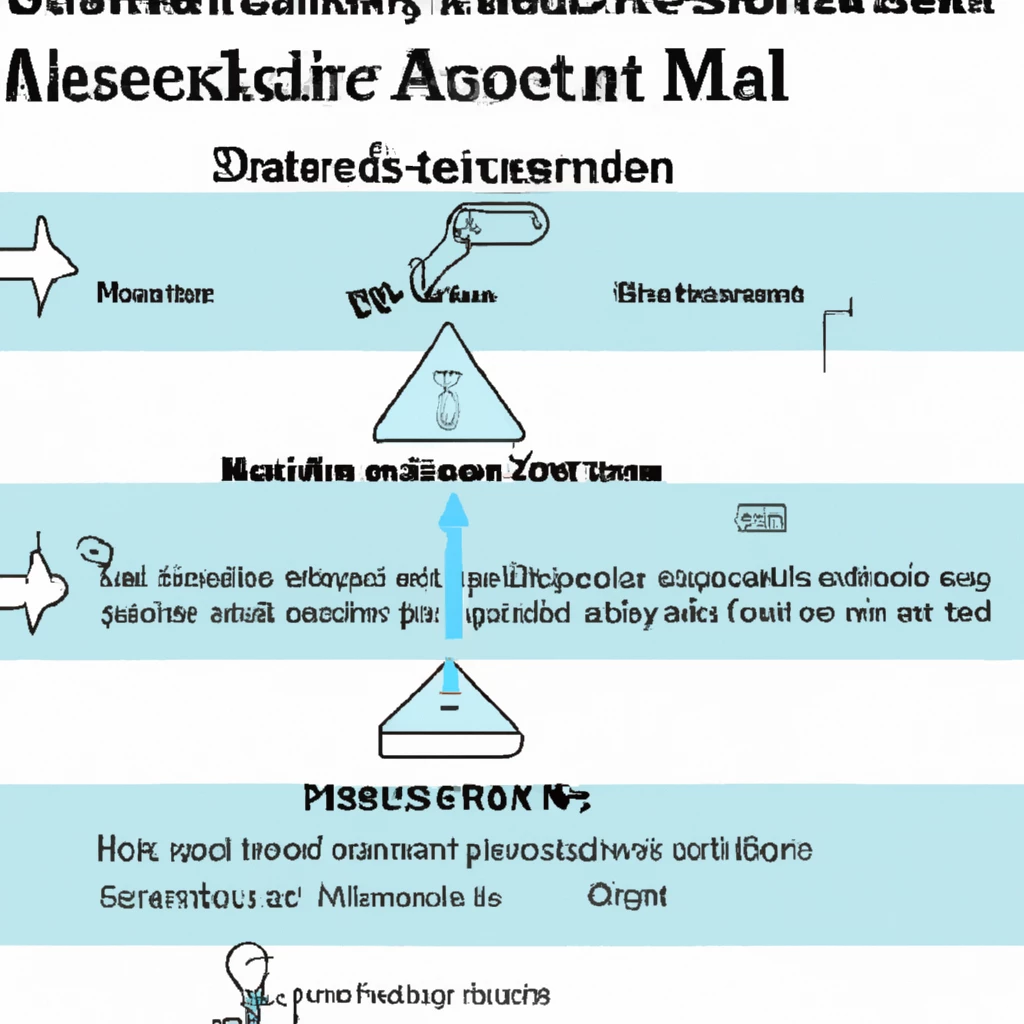Understanding Debit Balance in Margin Trading
A debit balance in a margin account signifies the amount a brokerage customer owes their broker for funds borrowed to purchase securities on margin.
### **Key Points:**
– **Margin Accounts:** There are two types – cash account and margin account.
– **Cash Account vs. Margin Account:** Cash accounts only use available cash for securities purchases, while margin accounts allow borrowing to amplify gains or losses.
– **Leveraging Investments:** Using borrowed funds to enhance buying power is known as leveraging.
– **Regulatory Conditions:** Industry rules govern borrowing limits and mandatory equity thresholds to avoid margin calls.
Functioning of Debit Balance
Investors leveraging on margin combine borrowed funds with personal investment to expand trading potential and potentially increase profits.
A cash account restricts spending to available cash, whereas a margin account permits borrowing against existing assets.
Illustratively, a $2,000 cash balance investor can borrow $1,000 to purchase $3,000 worth of securities, resulting in a $1,000 debit balance.
Insight into Adjusted Debit Balance
An adjusted debit balance accounts for owed funds to the broker, minus short sale profits and Special Memorandum Account (SMA) balances.
This figure indicates potential repayment obligations in a margin call scenario due to account value fluctuations.
Regulatory guidelines stipulate initial and maintenance margins to control borrowing and equity thresholds, limiting risks associated with leveraging investments.
Interest Charges on Debit Balance
Yes, brokers charge interest on borrowed funds, affecting potential trading profits. Understanding interest rates, whether fixed or variable, is crucial for margin trading decisions.
The rewritten content above provides a detailed and structured insight into the concept of a debit balance in margin trading, addressing various key aspects such as leveraging, regulatory requirements, and interest charges. It aims to enhance reader comprehension while improving SEO aspects with relevant keywords seamlessly integrated into the content.
